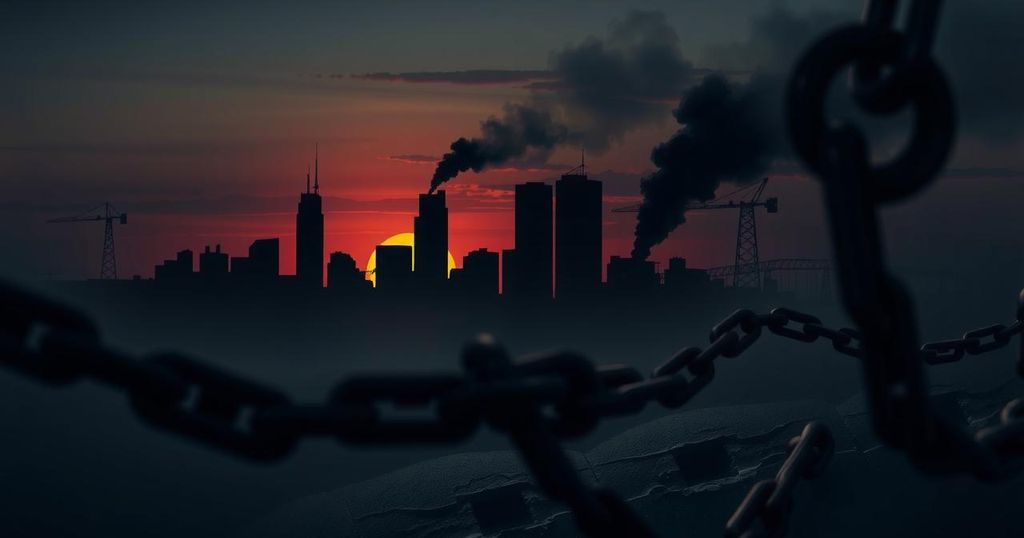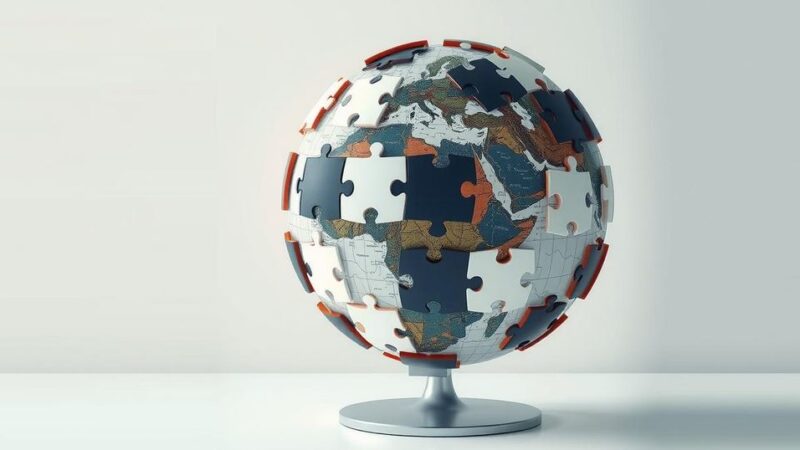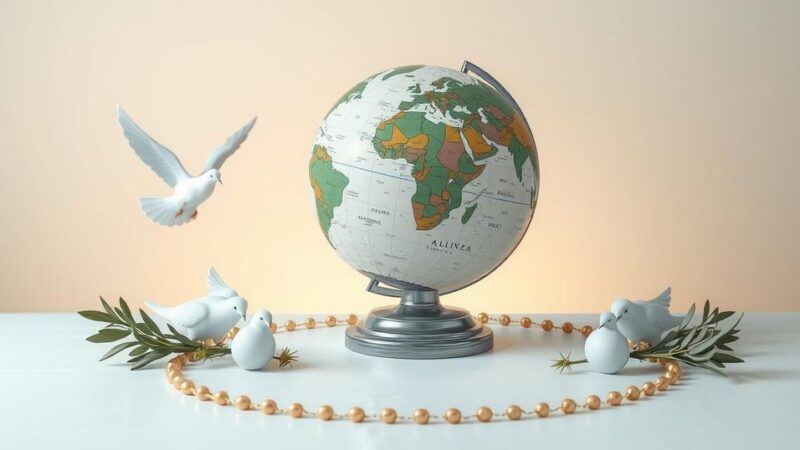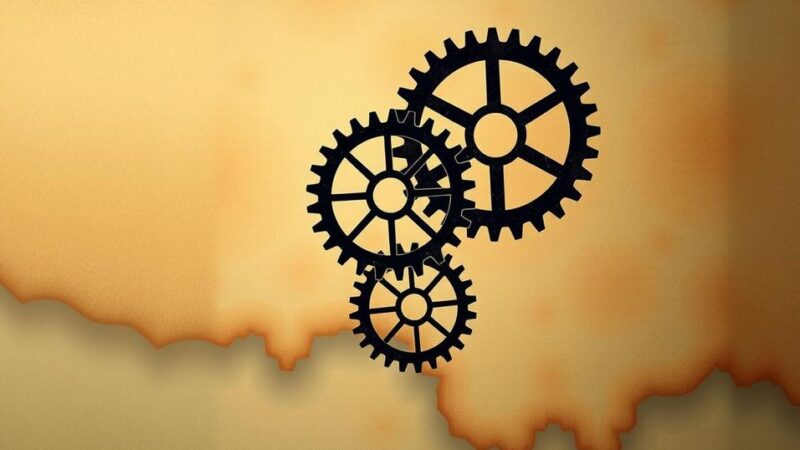The UN reports that nearly 3,000 people have been killed in Goma, DR Congo, following its capture by M23 rebels amid intense fighting with the Congolese military. A purported ceasefire has failed to halt violence, leading to a humanitarian crisis marked by mass casualties and displacement. The conflict embodies deeper ethnic tensions and battles for control of rich mineral resources in the area.
According to the United Nations, nearly 3,000 individuals have lost their lives in Goma, a city in eastern Democratic Republic of Congo, following its capture by rebel forces amid intense conflict with the Congolese military. Vivian van de Perre, the deputy head of the UN mission in the region, announced that 2,000 bodies have been recovered from the streets, with an additional 900 found in local morgues.
The rebel coalition, known as the Alliance Fleuve Congo (AFC), which comprises the M23 armed group, declared a ceasefire on Tuesday, citing a humanitarian crisis. However, the Congolese government dismissed this ceasefire as insincere, as fighting reportedly continues in South Kivu province.
The ongoing violence in DR Congo stems from long-standing ethnic tensions and competition for land and resources, contributing to a significant humanitarian crisis. Both DR Congo and the United States have accused Rwanda of supporting the M23 group, which primarily consists of ethnic Tutsis.
Rwanda has denied these allegations but admitted to deploying troops in eastern Congo for its own national security. Since 2022, M23 has renewed its insurrection against the Congolese government, seizing considerable territory in North Kivu, a region rich in valuable minerals crucial for tech production.
Vivan van de Perre indicated that hopes for a lasting ceasefire are fading, as clashes continue near South Kivu’s capital, Bukavu. The M23 rebel coalition is reportedly gaining control over territories, threatening regional stability and alarming the UN and civilian populations.
With heavy fighting reported, the UN expressed grave concern over the potential loss of critical infrastructure, including Kavumu airport, imperative for humanitarian operations. The M23 has stated intentions to establish administrative control in Goma and has plans to advance toward the capital, Kinshasa.
As fighting persists, the situation in Goma remains precarious, with the Congolese government recognizing the rebel presence while simultaneously appointing new military leadership in North Kivu. The region faces severe humanitarian challenges, including mass displacement as civilians seek refuge in UN peacekeeping bases.
The conflict in the Democratic Republic of Congo (DRC) revolves around longstanding ethnic divisions, competition for land, and resource exploitation, leading to repeated cycles of violence. The M23 group, which erupted from previous military factions, has been linked to Rwanda due to its ethnic Tutsi composition. The latest surge of violence, notably in the Goma region, threatens both local stability and broader humanitarian efforts as fighting disrupts civilian life and basic services.
The conflict in Goma reflects a critical humanitarian crisis marked by significant loss of life and ongoing fighting between the rebel coalition and Congolese forces. Despite declarations of ceasefires, the situation remains volatile. Continued international scrutiny and intervention may be necessary to mitigate further violence and support displaced populations.
Original Source: www.wral.com






